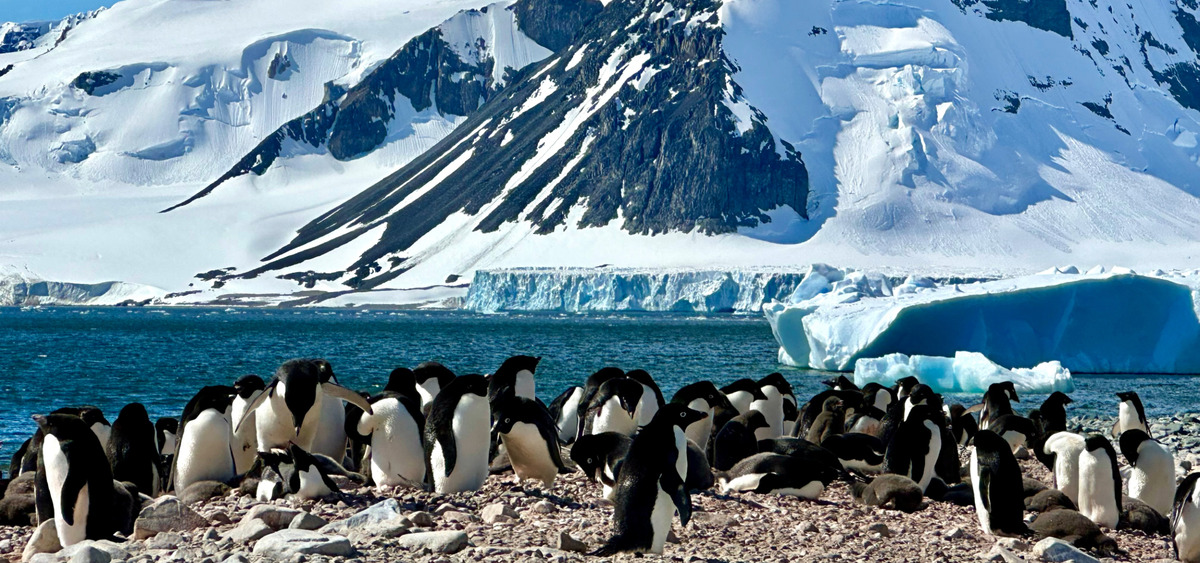Antarctica: Nature’s Deepest Dive
There are a few stark truths about Antarctica that only experiencing the frozen landscape first-hand can drive home.
For example:
- Penguins take 10,000 micro-naps a day (can you imagine?). This is likely why they suddenly stop and appear confused while cruising along the penguin highways they use to navigate from their colonies to the Antarctic waters for food.
- The Drake Passage that must be crossed to get to Antarctica is every bit as ruthless as its reputation. This is where the Pacific and Atlantic Oceans collide with no protection from land for two days while you are surrounded by ferocious ocean swells.
- The colossal icebergs that surround you, many that are taller than skyscrapers, are only 10 percent exposed with the other 90 percent of their mass shifting below the the water.
- The researchers who inhabit this frozen no-mans-land for months at a time must be mentally and physically able to withstand the conditions. This includes the smallest of living quarters and the propensity of their environment to shift from paradise to perilous at any given moment.
Antarctica is raw, unpredictable, undisturbed, and in a word, wonderous. Experiencing this frozen continent takes time to process long after your visit to truly appreciate nature’s majesty.
During an expedition to Antarctica on board the Scenic Eclipse II, a ship specifically built for this journey, my eyes were opened to a special part of our planet that most people will never see. I even cried twice during moments that were so difficult to process that my involuntary reflexes and emotions overwhelmed me.
Experiencing Antarctica made me a quiet observer with a front-row seat to watch killer whales work in a coordinated effort to chase their prey in the open ocean and humpback whales’ bubble-net feeding in a perfect orchestration that I thought only existed in documentary films. My body got chills listening to the piercing shrill of the humpbacks as they came up for air then gracefully disappeared again into the depths.
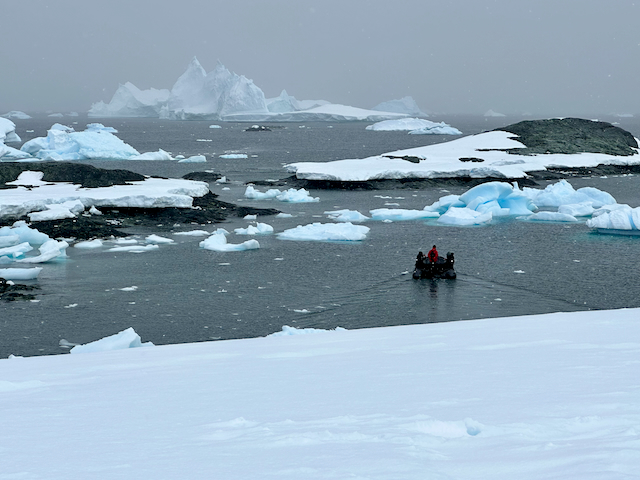
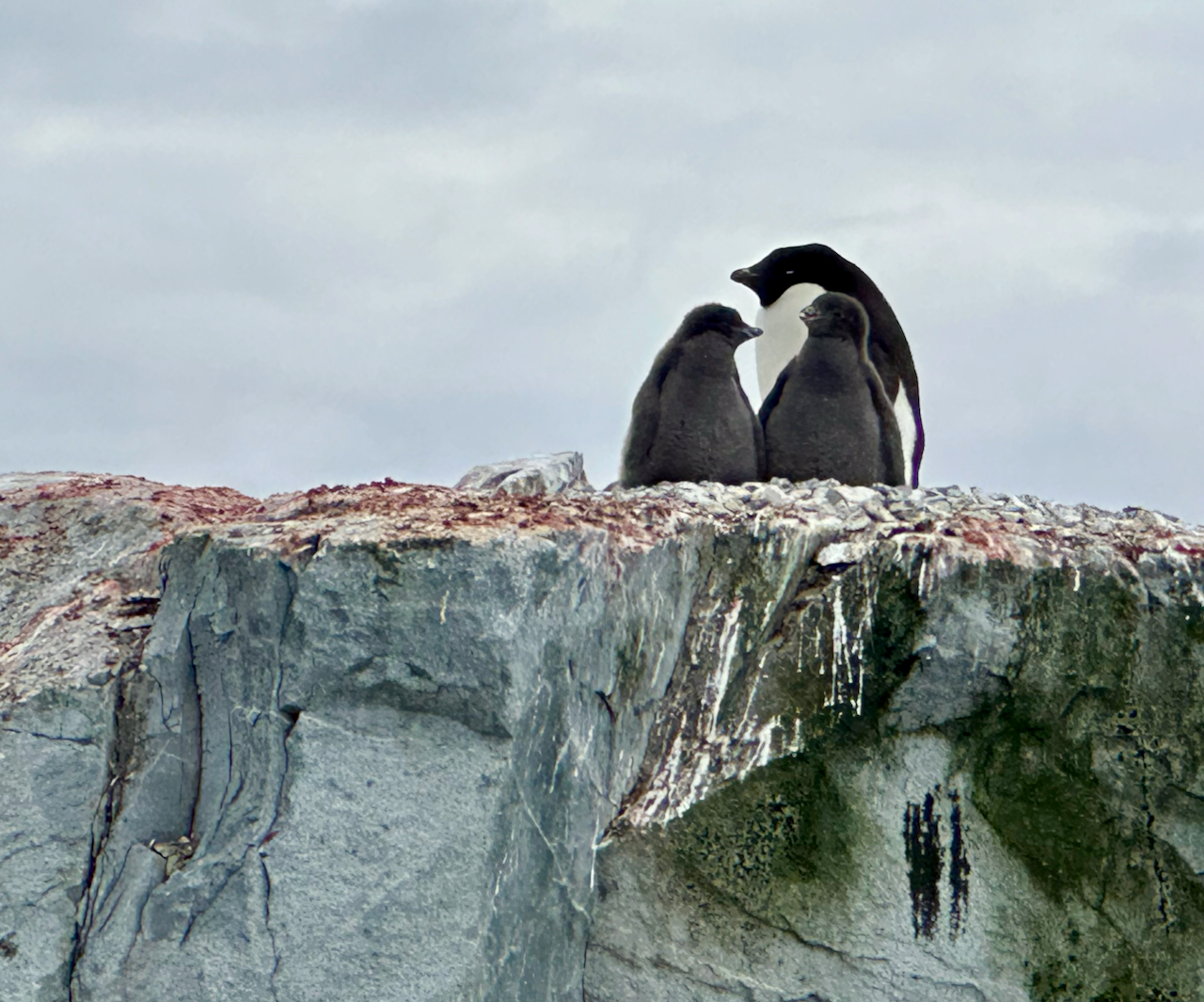
Antarctica presents nature in its rawest state which is what makes it so beautiful to experience. It is humbling to sit in a zodiac boat watching Elephant seals fast asleep on floating icebergs and penguin chicks learning the ropes in their colonies before they prepare to journey out on their own in a few months.
The continent is constantly changing with environmental and weather conditions causing shifting ice, calving glaciers, and wildlife making no two moments identical nor any two experiences the same.
With nearly 24 hours of daylight in the winter months Antarctica is a sensory stimulation overload with a consistent beautiful barrage of sights, sounds, bitter air, and untapped curiosity.
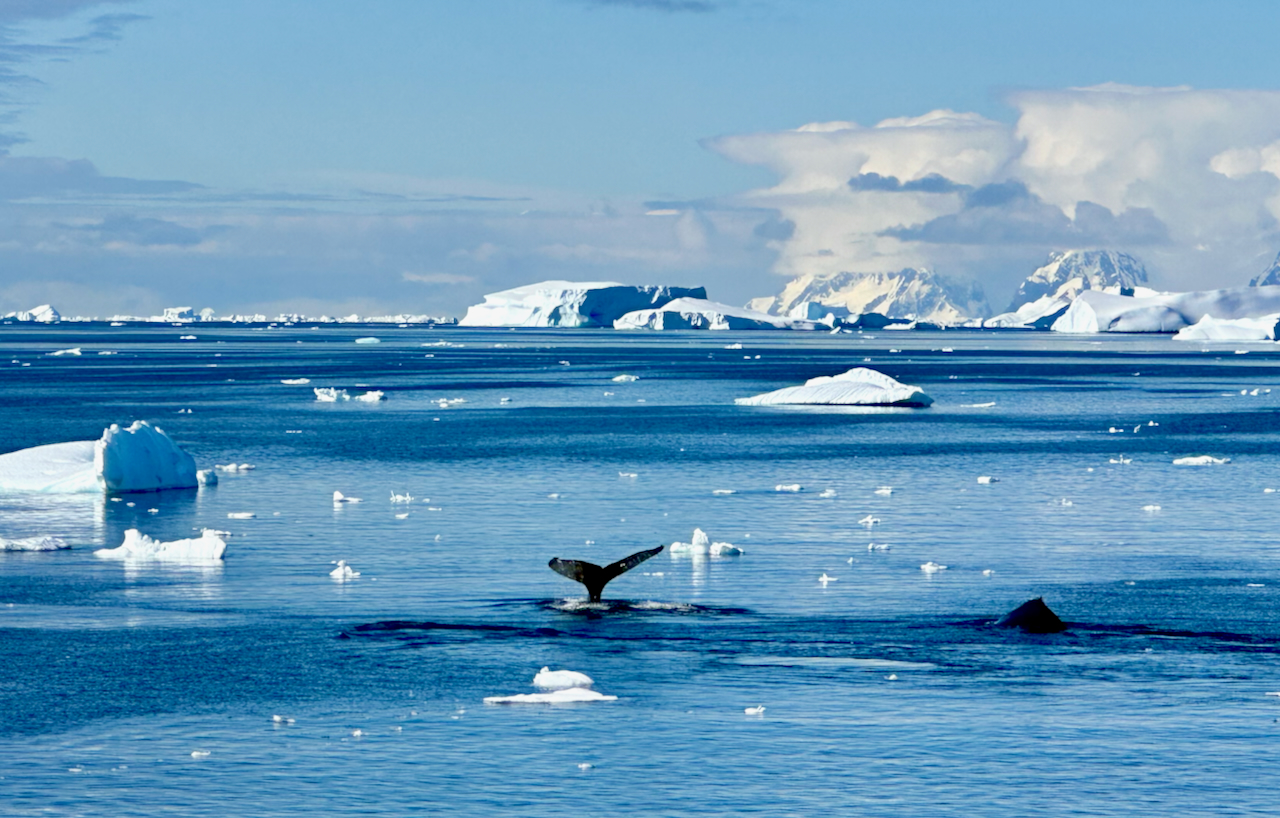
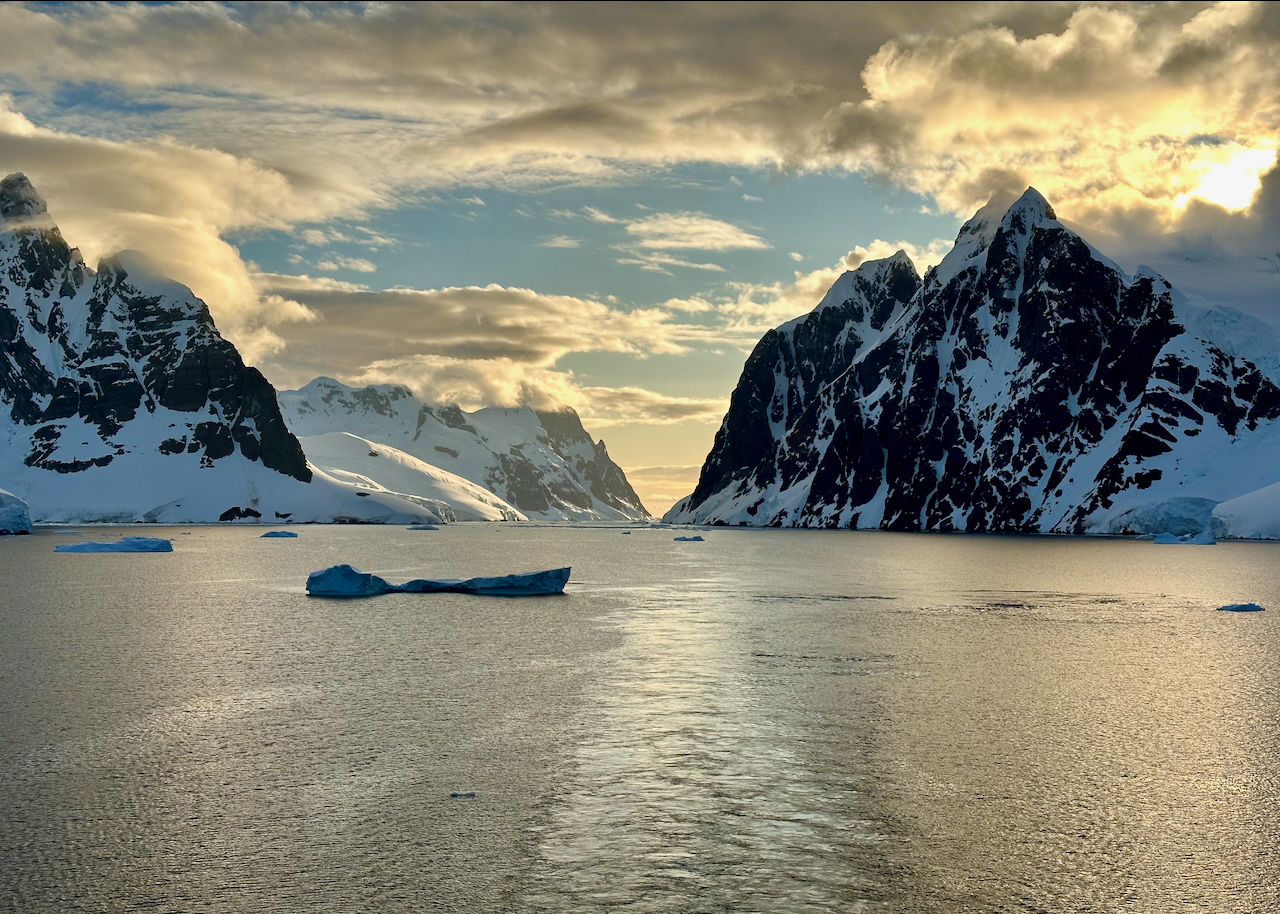
While the environment is harsh on the continent, the natural elements there are delicate and easily impacted. This is why biosecurity protocols are in place to ensure that nothing is transferred to and from the mainland. Tour operators must adhere to strict operational protocols to manage everything from how long you can trek on land to the distance visitors must stay away from wildlife.
Like so many places on the planet Antarctica is becoming a slow victim of the impacts of climate change and once you visit, you cannot help but become a steward for protecting this special place in any way you can.
Being a visitor to Antarctica as if you have never been there at all is how this is accomplished. Here’s some personal advice to prepare if you get the chance to visit.
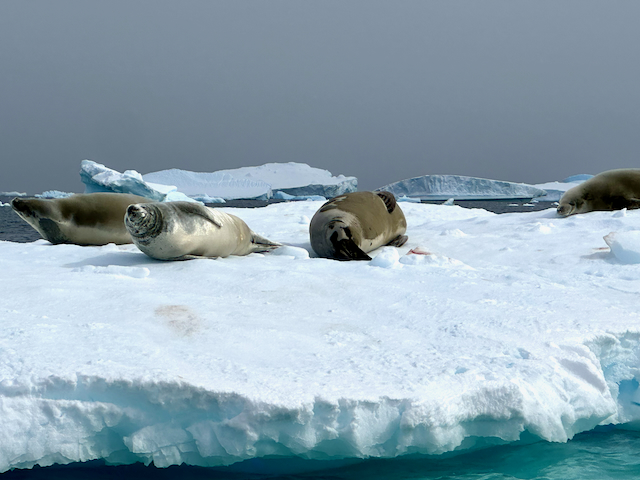
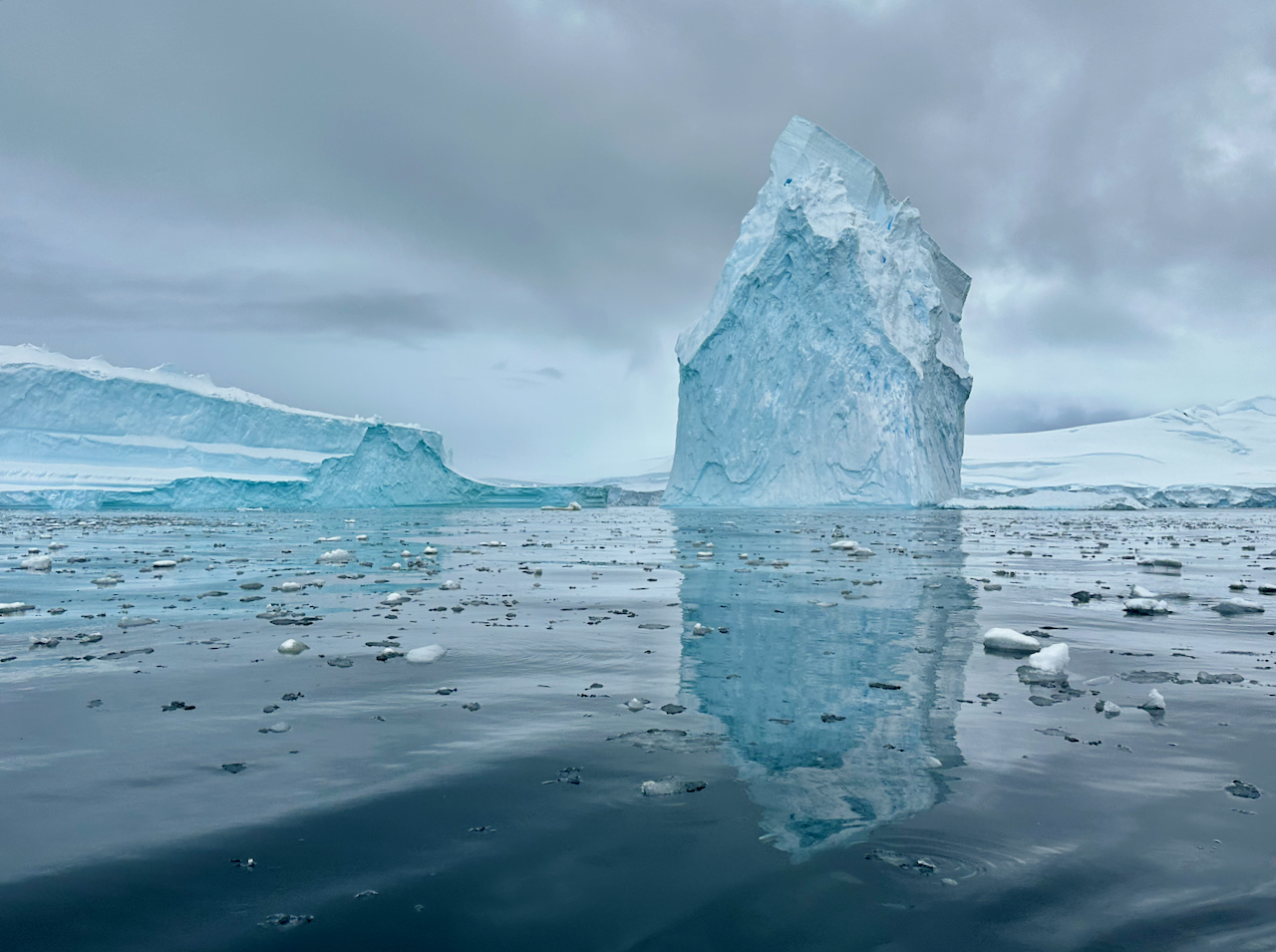
Insider Tips:
- Cameras. Only take a large camera if you are proficient at using it. Many moments on this journey are fleeting and may only happen once, so you do not miss magical experiences due to sorting camera settings. Go simple. Take a camera for shots from the ship and invest in a cell phone with excellent camera quality that you can more easily manage from the zodiac and while trekking. You will still get great shots and more comfortably stay in the physical moment.
- Clothing. Nothing is more important than your comfort and warmth from the elements in one of the harshest environments on earth. Layering as suggested by your tour operator is important and investing in a few high-quality staples like a merino wool base layer is essential.
- Research. You will want to do your homework before visiting Antarctica to truly appreciate the elements that you see. This is a special opportunity to learn about a place that most people will not experience in their lifetime so take advantage of the knowledge that is out there and the opportunities to ask questions. Read the IAATO regulations that are provided by your tour operator before you go to understand how to respect wildlife that you might encounter.
- Biosecurity. The clothing you take will be subject to biosecurity protocols, so it is important to either invest in some new outer garments or ensure they are clean. Even small debris hidden in Velcro can transfer foreign elements onto the continent.
- Seasickness. As someone who suffers from motion sickness, I can attest that when it comes to on open water journeys, there’s seasickness and then there’s the Drake Passage. If you’re lucky, you might get the “Drake Lake” (as the more tolerable version is called) but plan for the ferocious “Drake Shake” regardless. I recommend getting a Scopolamine patch prescription (usually in a pack of 4, each lasting 3 days) from your doctor to cover the duration of your trip. Come armed with natural belly-settling aids like ginger chews and if you are susceptible to seasickness just plan to lay low for a couple days while crossing the Drake Passage. Another tip is to nibble bread rolls before, during and after the passage to help keep your stomach settled.
- Sunscreen. The air is thin in Antarctica so combined with the stark reflective white landscape and water; you can get a nasty sunburn quickly. Pack sunscreen, UVA/UVB protective lip balm, and a moisturizing lotion for wind burn.
- Health evaluation. You should know that you will be required to obtain a doctor-signed health evaluation before your trip. As you are in a completely remote environment there are no hospitals, medical facilities, or evacuation options on these expeditions, so operators want to ensure that you are fit for the adventure. If you have concerning health issues, discuss those with your doctor before you put down a deposit on a trip.
The true impact of visiting Antarctica will come months after your trip as you step away from the constant sensory overload and begin to process and appreciate what you’ve just experienced. No television show or video can do it justice. Antarctica is best appreciated by being “in” the moment with experiences that will stay with you for a lifetime.
